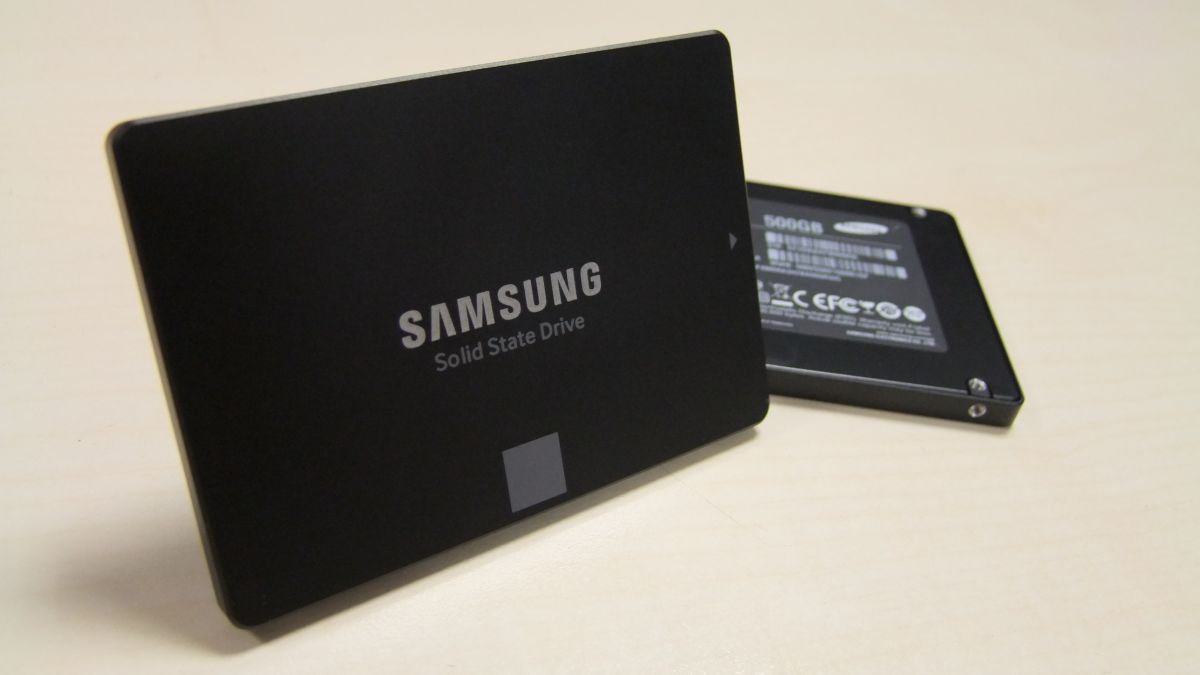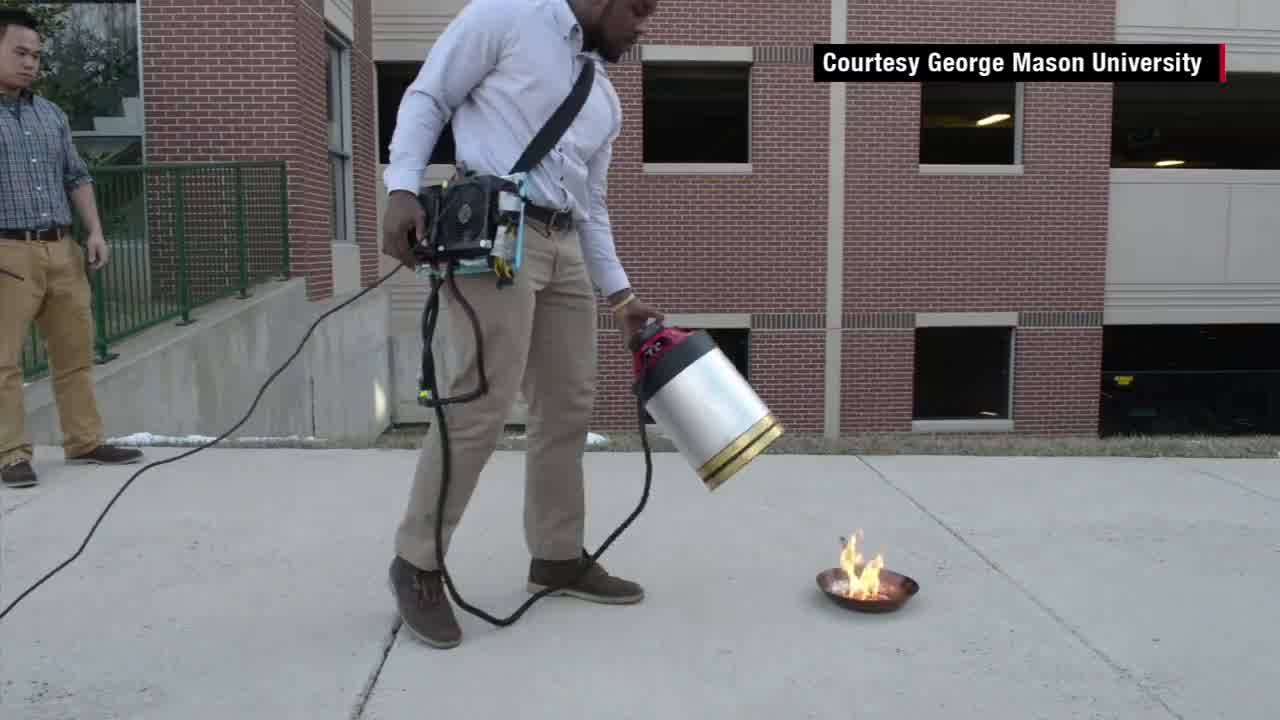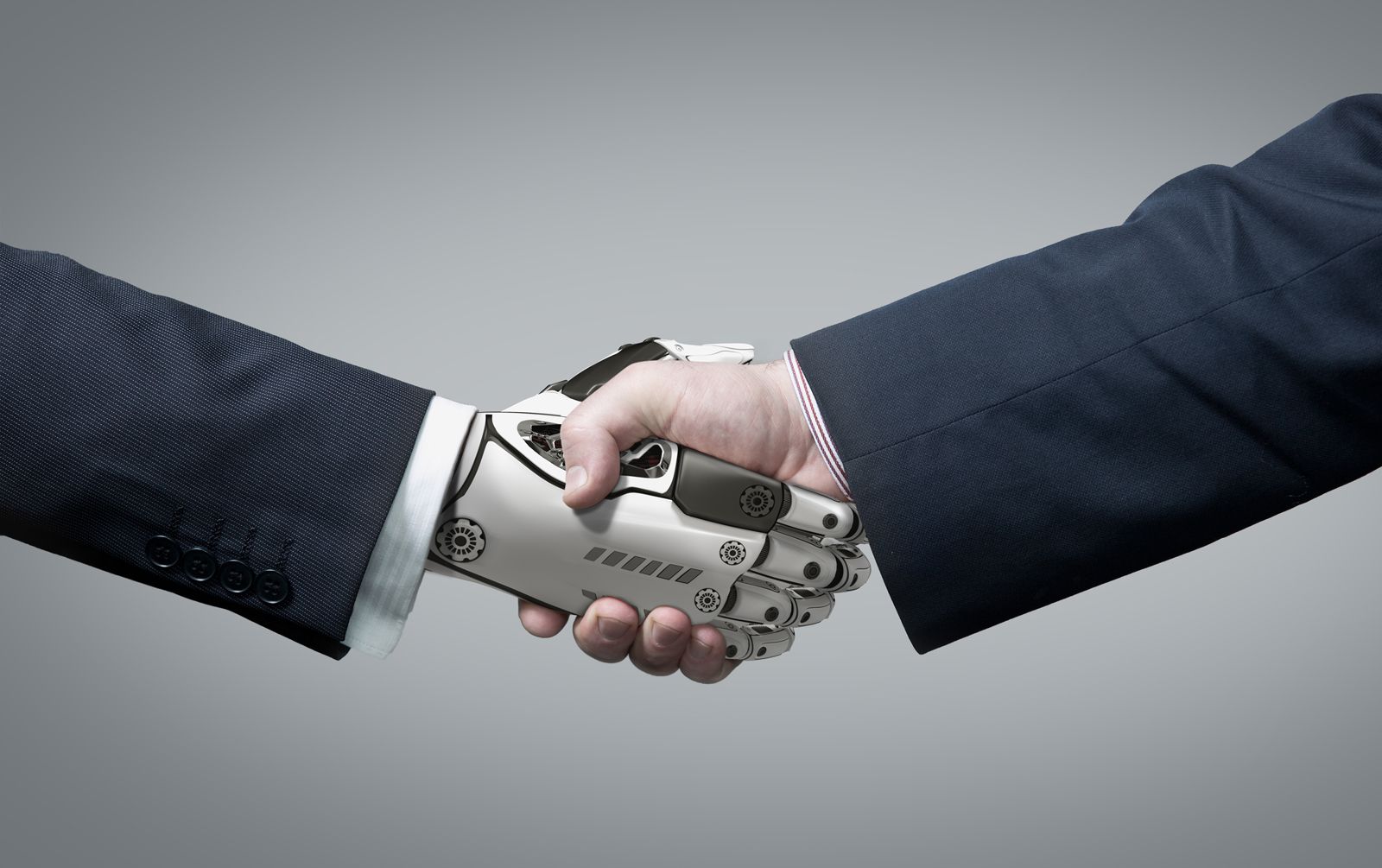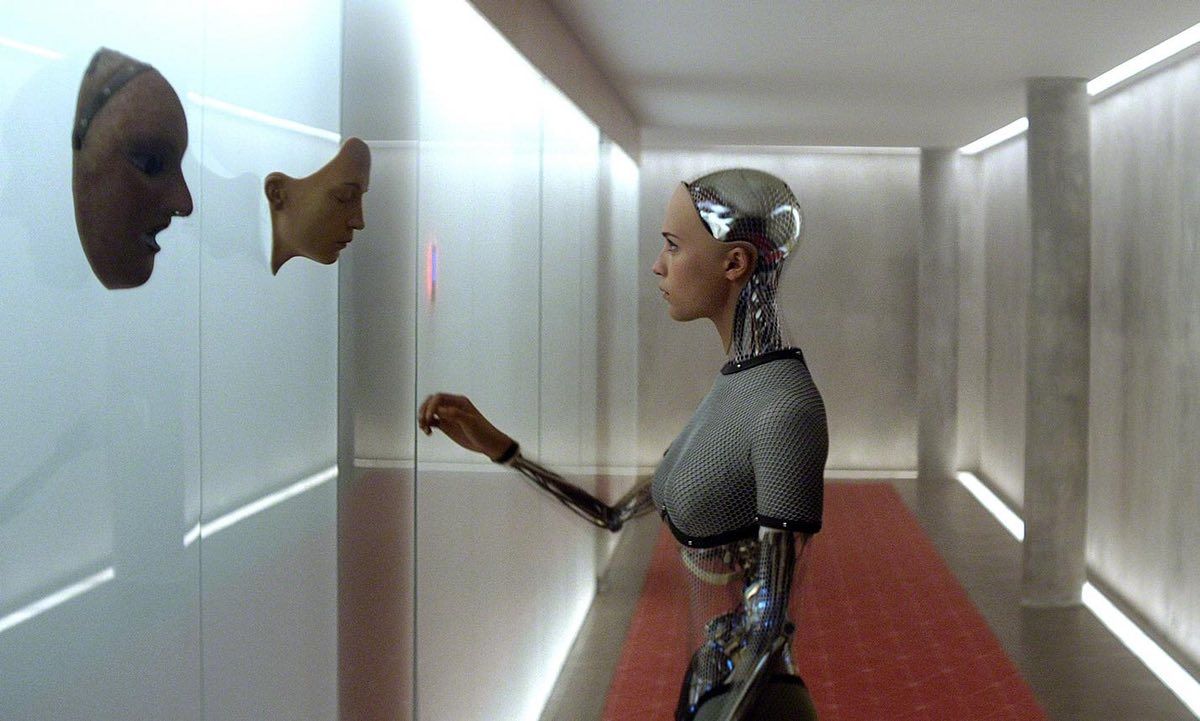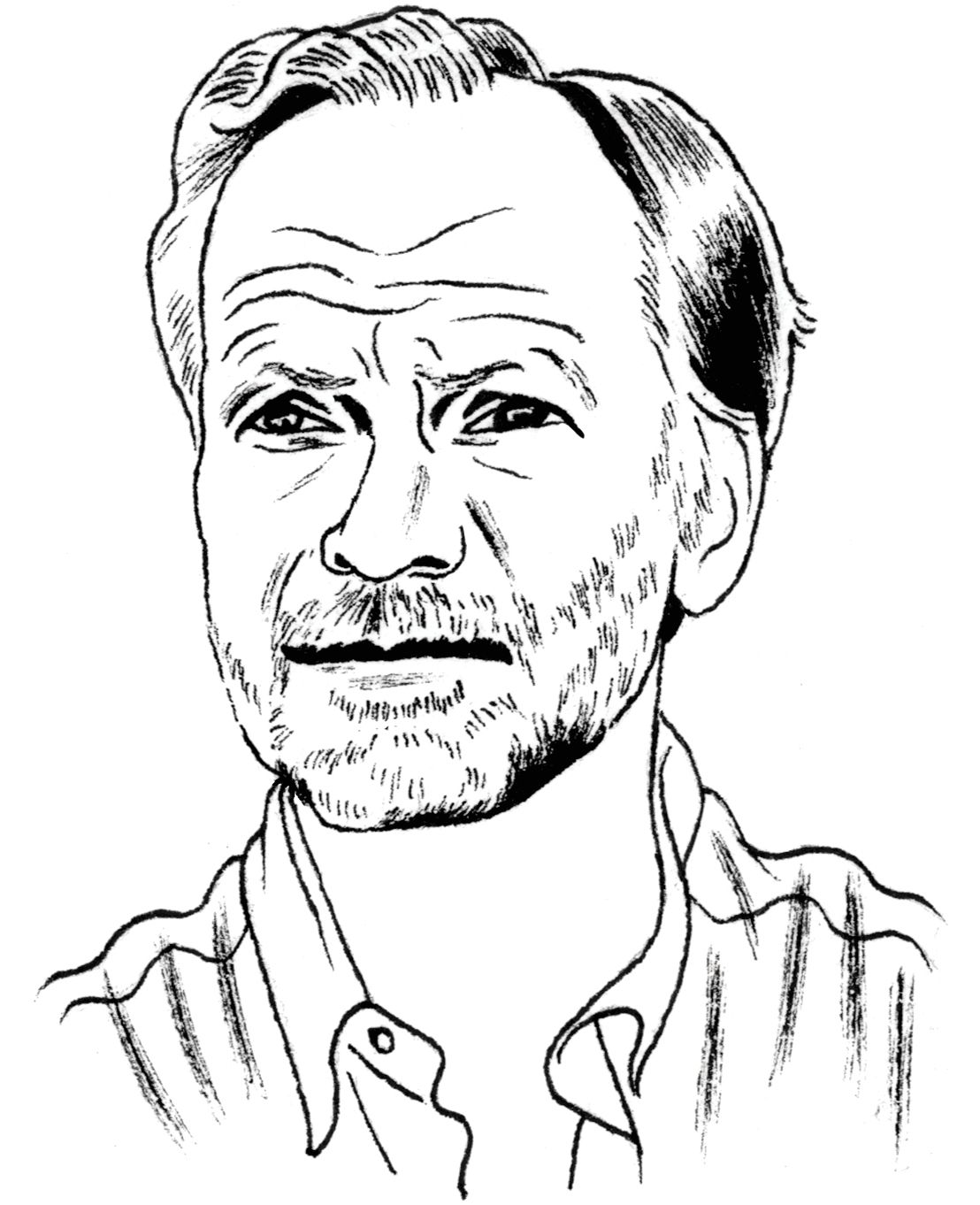In a loud and distracting world, finding pockets of stillness can benefit your brain and body. Here are four science-backed reasons why.
The price of SSDs is continuing to drop, and they’re becoming an ever-more tempting proposition compared to traditional spinning disks, according to a new report.
DRAMeXchange, which is a division of analyst firm TrendForce, produces a quarterly report detailing the prices PC vendors pay for SSDs, and it showed that both MLC-based and TLC-based SSDs dropped considerably in price.
MLC-based drives dropped by around 10 to 12%, and TLC-based SSD prices sank by 7 to 12% in the first quarter of 2016.
Dopamine Headphones
Posted in media & arts, neuroscience
Whoa! A duo of undergraduates at George Mason University in Virginia created a device that they say puts out fires with nothing but sound. http://bit.ly/1bO8Ivq
This looks very promising.
The human body is designed pretty well: Our muscles are able to switch between strength and dexterity, limbs stiffening when we do an energy-fueled task like lifting a bowling ball and softening when we do something delicate like painting with a brush. This ability is very rarely replicated in engineering systems, namely because it’s expensive, but also because it’s been damn hard to clone.
However, HRL Laboratories — the same Malibu-based researchers who brought you microlattice — has announced they’ve been able to replicate the reactions of human muscle in metal. Their goal is to use this new technology to create cars with smoother rides and, more intriguingly, more human-like robots.
Own Your DNA
Posted in biotech/medical
3D-Printed Drugs Coming Soon
Posted in 3D printing, biotech/medical, health
Frankly, in the US this makes me really nervous. Placing drug making 3D printers in your local pharmacies. I hope that the manufacturer has a mechanism setup to cause the machine not to work if it is stolen by the local drug gangs.
The brave new world of 3D-printed drugs in the healthcare industry is heating up.

